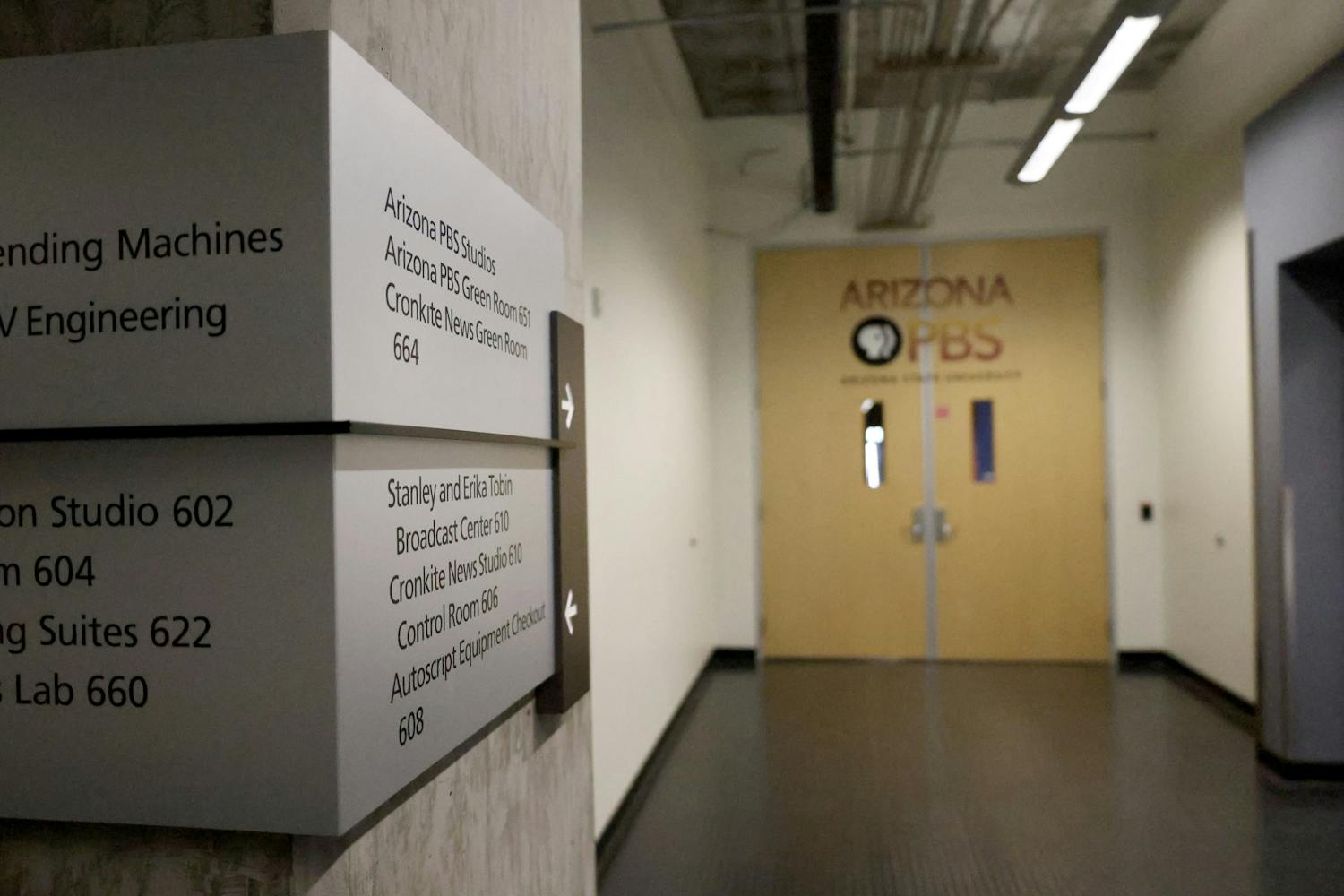By switching to energy-efficient light fixtures at six Tempe campus parking garages, ASU anticipates an annual savings of more than $120,000 in energy costs, an ASU official said.
The new light-emitting diode fixtures are entering their first full semester in use and are among many projects facilitated by ASU and Arizona Public Service Energy Services, a Phoenix company that does energy-efficient upgrades.
The projects together add up to nearly $40 million worth of energy conservation measures, said David Brixen, assistant vice president of University Services.
The nearly $1.5 million project replaced more than 2,000 150-watt metal halide fixtures on campus with 78-watt LED low-bay luminaries at the Apache Boulevard, Tyler Street, Rural Road, Stadium, University Towers and Packard Drive South parking structures.
Brixen said ASU has been pleased with the upgrades that will reduce energy consumption by 1.5 million kilowatt hours, the equivalent of the annual greenhouse gas emissions of 208 cars.
“We’re getting lots of positive comments from the community,” Brixen said. “It’s improved the lighting levels of the parking garages.”
The LED fixtures, made by Lighting Science, a green technology company, will last three times longer than the metal halide fixtures, consume half the energy and have a whiter light, which allows colors to be seen better, said Jon Di Gesu, the company’s spokesman.
“ASU is saving a lot of energy, and in doing that, they’re saving money and having a positive impact on the environment,” he said.
Rick Becker, senior account manager at APS Energy Services, said the LED project is part of the second phase of an energy performance contract, which is a program created to reduce the energy consumed at the University through various projects between ASU and his company.
“We do as environmentally friendly projects as we possibly can,” Becker said. “That’s one of the our key focuses for the company.”
While the first phase, worth $30 million, was completed in 2001, the second phase began in October 2008 and will be completed in October 2010, Becker said.
One of the biggest projects of the second phase is the retrofitting of the air ventilation systems at the Biodesign Institute, George M.
Bateman Physical Sciences Center and the Barry M. Goldwater Center for Science and Engineering that together add up to about $18 million.
“We’re upgrading their air ventilation system for their laboratories, classrooms and offices,” Becker said. “It’s a system that will control the ventilation in the building to make it safer yet reduces energy consumption by about 20 to 25 percent.”
The Computing Commons building also had its ventilation system changed two months ago, and so far, it has reduced energy consumption by nearly 30 percent, Brixen said.
“If the Computing Commons [upgrades] are any indication of what we expect to see, we’re very pleased,” Brixen said.
Sustainability sophomore Natalie Fleming said it’s good to see that ASU follows through on its goals to be a leader in sustainability.
“It’s great that ASU is moving in this direction,” Fleming said. “ASU is walking the walk and not just talking the talk.”
Reach the reporter at snrodri2@asu.edu.



